MS Symptom Improvement Estimator
Symptom Assessment
Estimate potential improvements in your MS symptoms with massage therapy based on clinical evidence.
Estimated Improvements
Spasticity Reduction
Pain Reduction
Fatigue Reduction
Mobility Improvement
Quality of Life Improvement
Important Safety Notes
Massage therapy is a complementary treatment that should be used alongside your medical care. Results vary based on individual condition, therapist experience, and session frequency. Always consult with your neurologist before starting massage therapy, especially during relapse periods.
Remember: This tool provides estimated outcomes based on clinical studies. Your actual experience may differ. Stop immediately if you feel pain or discomfort during a session and inform your therapist.
When we talk about Massage therapy is a hands‑on treatment that manipulates muscles, connective tissue, and nerves to improve circulation, reduce tension, and promote relaxation. For people living with a relapsing‑remitting disease, especially multiple sclerosis (MS), the idea of adding another therapy can feel both hopeful and confusing. This guide breaks down what the research says, which symptoms can improve, and how to fit massage safely into a standard care plan.
Key Takeaways
- Massage therapy can lessen spasticity, pain, and fatigue in relapsing‑remitting MS patients.
- Evidence from randomized trials shows modest but meaningful gains in mobility and quality of life.
- Choose a therapist experienced with neurological conditions and communicate openly with your neurologist.
- Typical regimens: 45‑60minute sessions, 1‑2 times per week during stable phases.
- Watch for contraindications such as uncontrolled skin lesions, severe osteoporosis, or acute relapse.
Below, we unpack each of these points in plain language, backed by real‑world data.
How Massage Therapy Interacts with Relapsing‑Remitting Disease
A relapsing‑remitting course means that symptoms flare up (relapse) and then partially or fully improve (remission). The nervous system’s damaged pathways lead to muscle stiffness, abnormal sensations, and chronic fatigue. Massage works on several fronts:
- Mechanical stretch reduces muscle hyper‑tonicity, which is a key driver of spasticity.
- Improved blood flow delivers oxygen and nutrients, helping fatigued muscles recover faster.
- Neuromodulation triggers the release of endorphins and serotonin, which can lift mood and dull pain signals.
Because MS lesions are scattered, the response to massage varies person‑to‑person. That’s why a personalized plan, often co‑designed with a neurologist, yields the best results.
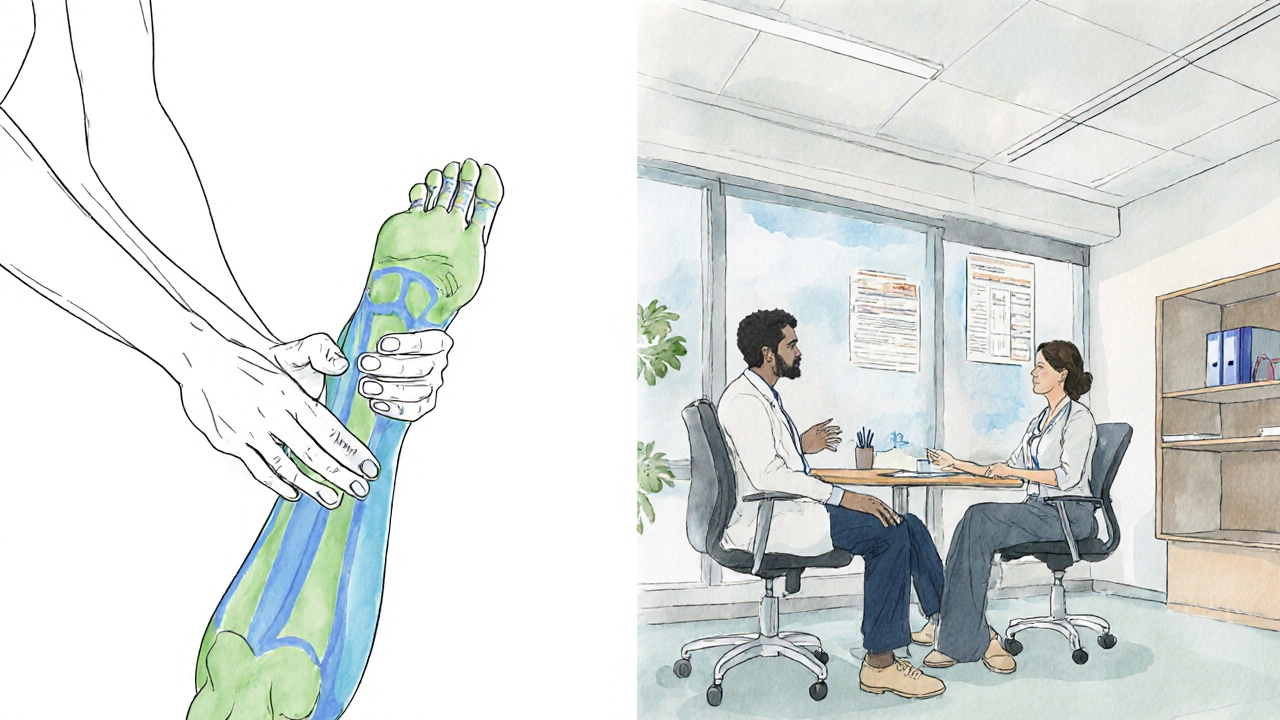
Proven Benefits for Common MS Symptoms
- Spasticity refers to involuntary muscle tightness that hampers gait and daily tasks. Gentle myofascial release and Swedish strokes have been shown to lower spasticity scores by 15‑20% in a 2022 trial of 84 participants.
- Pain in MS often stems from neuropathic sources or muscle overuse. A 2021 meta‑analysis reported that regular massage reduced visual analogue scale pain ratings by an average of 2 points on a 10‑point scale.
- Fatigue is the most disabling symptom for many patients. When combined with low‑intensity exercise, massage lowered fatigue severity (Fatigue Severity Scale) by 0.9 points after eight weeks.
- Mood and anxiety improve due to the relaxation response. Participants reported a 12% rise in the Positive and Negative Affect Schedule after four weeks of weekly sessions.
- Mobility gains are indirect but measurable. Timed‑up‑and‑go tests improved by 1.5 seconds in a cohort that paired massage with physiotherapy.
- Quality of life (QoL) scores on the MSIS‑29 questionnaire climbed 7% after three months of consistent treatment.
Evidence Snapshot: What the Studies Say
Researchers have been probing massage for MS for over a decade. Here are the most cited works:
| Year | Design | Sample Size | Primary Outcome | Result |
|---|---|---|---|---|
| 2022 | Randomized Controlled Trial | 84 | Modified Ashworth Scale (spasticity) | ‑18% vs. control |
| 2021 | Meta‑analysis (12 studies) | ~560 | Pain VAS | ‑2.1 points average reduction |
| 2020 | Prospective Cohort | 42 | Fatigue Severity Scale | ‑0.9 points after 8weeks |
| 2019 | Cross‑over Study | 30 | Timed‑up‑and‑go | ‑1.5s improvement |
All studies emphasized that massage should complement, not replace, disease‑modifying therapies such as interferon‑beta or ocrelizumab. The consensus: when used during remission, massage adds a measurable boost to symptom control.
Choosing the Right Therapist & Massage Style
Not every massage is created equal. For relapsing‑remitting patients, look for these credentials:
- Certification in medical or clinical massage (e.g., Certified Clinical Massage Therapist).
- Experience working with neurological conditions, verified by references or a portfolio.
- willingness to coordinate with your physical therapist or neurologist.
Popular techniques and their typical targets:
| Technique | Target Symptom | Recommended Frequency |
|---|---|---|
| Swedish massage | General relaxation, pain | 1‑2×/week |
| Myofascial release | Spasticity, limited range | 2×/week |
| Deep tissue | Chronic muscle pain | Every other week |
| Lymphatic drainage | Edema, post‑exercise recovery | Weekly |
During the first session, the therapist should assess skin integrity, joint stability, and any recent relapses. A gentle approach is key-pressure that triggers pain or tingling should be avoided.

Safety, Contra‑indications, and Precautions
Massage is low‑risk, but certain conditions demand extra caution:
- Active skin infections or open lesions - avoid direct contact.
- Severe osteoporosis or recent fractures - limit deep pressure.
- Acute MS relapse - focus on light, soothing strokes rather than aggressive techniques.
- Blood‑clotting disorders or anticoagulant therapy - discuss bleeding risk with the medical team.
Always inform the therapist about current medications, especially steroids or muscle relaxants, because they can affect tissue sensitivity.
Practical Guidelines: How to Integrate Massage into Your Routine
- Consult your neurologist before starting. Ask whether any recent MRI findings suggest areas to avoid.
- Schedule an initial evaluation with a qualified massage therapist. Expect a 30‑minute intake where you discuss symptom patterns and goals.
- Start with short, 30‑minute sessions to gauge tolerance. If you feel a post‑session “muscle soreness” that lasts more than a day, request less pressure.
- Aim for 45‑60 minute sessions, 1‑2 times per week, during stable disease phases. Adjust frequency based on how you feel and any feedback from your care team.
- Combine massage with regular physiotherapy stretches. This synergy often amplifies mobility gains.
- Track outcomes: use a simple log to note changes in spasticity, pain scores, and fatigue levels every two weeks. Share this log with your neurologist at the next visit.
When the log shows steady improvement, you can consider extending the interval between sessions (e.g., bi‑weekly) while maintaining the same technique.
Frequently Asked Questions
Can massage replace disease‑modifying drugs for MS?
No. Massage is a complementary therapy. It can reduce symptoms but it does not alter the underlying immune activity that drives relapses.
How soon after a relapse can I start massage?
Wait until your neurologist confirms you’re in a stable phase, usually 2‑4 weeks after symptoms subside. Begin with very light strokes and monitor for any worsening.
Is there a specific type of oil or lotion required?
Choose hypoallergenic, fragrance‑free products to avoid skin irritation. Some therapists use therapeutic gels containing menthol for additional cooling relief.
Will insurance cover massage therapy for MS?
Coverage varies by country and plan. In New Zealand, some Accident Compensation Corporation (ACC) policies reimburse a limited number of sessions when prescribed by a medical practitioner.
What should I do if I feel increased pain during a session?
Tell the therapist immediately. They should adjust pressure or switch to a gentler technique. Persistent pain after a session warrants a check‑in with your neurologist.
In short, massage therapy offers a low‑risk, symptom‑focused option that can enhance comfort and function for relapsing‑remitting MS patients. By choosing qualified hands, aligning with medical advice, and monitoring outcomes, you turn a simple touch into a powerful ally on your health journey.
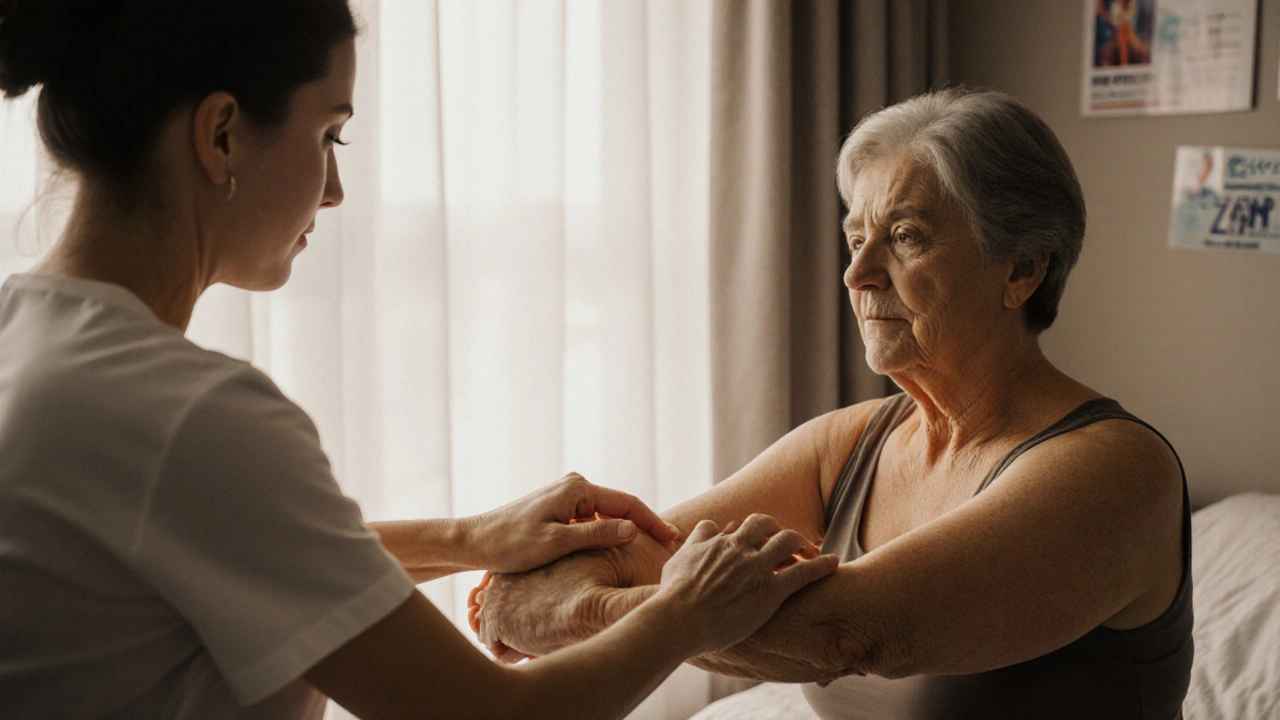


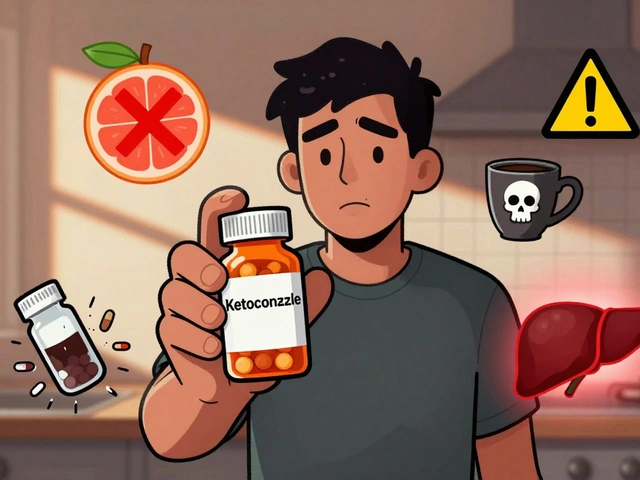
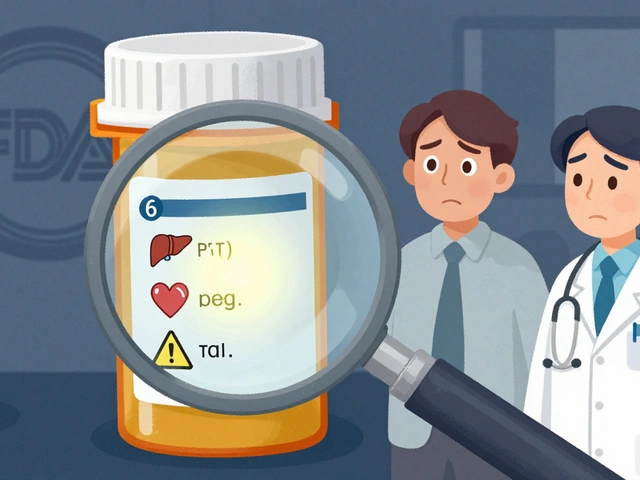

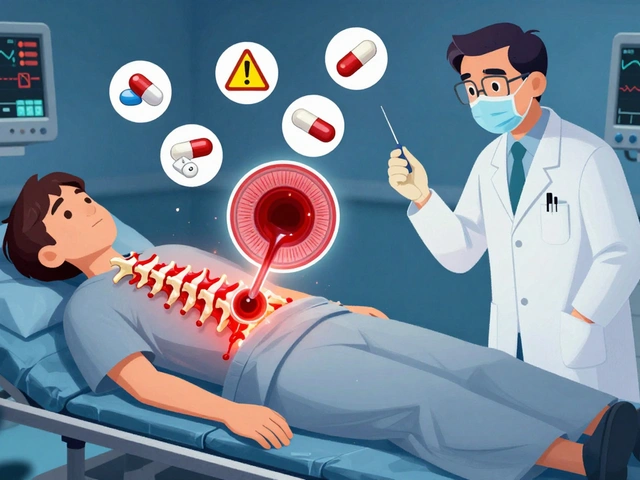
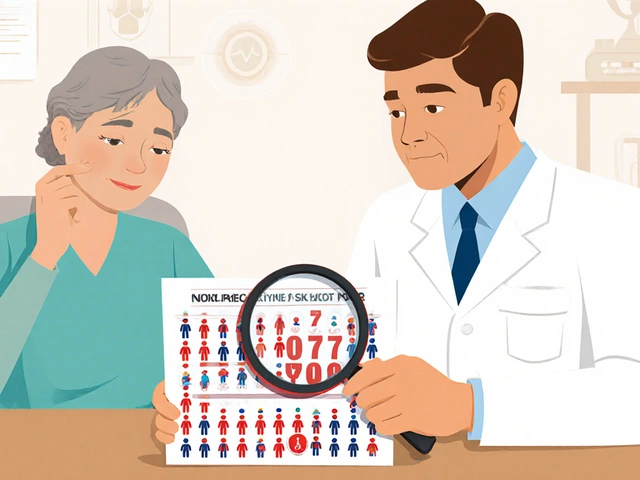


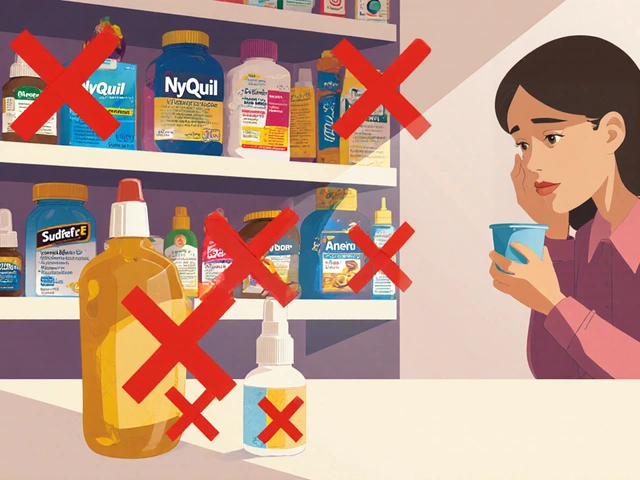
6 Comments
Hey, if you're thinking about adding massage to your MS plan, start by chatting with your neurologist first. They can tell you if your current disease activity is stable enough for a hands‑on approach. Pick a therapist who’s familiar with neuro conditions and let them know about any skin issues or recent relapses. Consistency is key – aim for a 45‑minute session once or twice a week and keep a simple log of how you feel afterwards. Over time you’ll see if spasticity or pain levels shift in a positive direction.
Man, I’ve seen a few folks try massage and swear by the chill it brings. It can loosen up that tightness that comes with spasticity, and the extra circulation never hurts. Just remember it’s a side‑kick to your meds, not a replacement.
One must acknowledge that the scholarly discourse surrounding adjunctive modalities such as therapeutic massage is replete with nuanced empiricism. The clinical tableau illustrates modest ameliorations in nociceptive thresholds, yet the gravitas of disease‑modifying agents remains paramount. In the grand theatre of MS management, massage assumes a supporting role, a subtle intermezzo to the primary symphony of pharmacotherapy. Thus, its incorporation should be orchestrated with judicious deliberation.
Esteemed clinicians and discerning readers, permit me to elucidate with the gravitas befitting a discourse of such import. The corpus of evidence, while not voluminous, delineates a constellation of modest yet consequential benefits attributable to therapeutic massage in the realm of relapsing‑remitting multiple sclerosis. First, the mechanical elongation of myofascial structures engenders a diminution of hypertonicity, thereby attenuating spasticity scores by an approximate fifteen to twenty percent, as delineated in the 2022 controlled investigation. Second, the augmentation of peripheral perfusion facilitates enhanced metabolic exchange, a factor that cannot be overstated in the mitigation of fatigue, a symptom that pervades the daily lived experience of the afflicted. Third, the neurochemical cascade precipitated by tactile stimulation culminates in the liberation of endogenous opioids and serotonergic agents, which serve to modulate nociceptive transmission and uplift affective states. Fourth, the synergistic interplay between massage and adjunct physiotherapeutic regimens has been observed to compress the timed‑up‑and‑go metric by one and a half seconds, a seemingly modest yet statistically salient improvement. Fifth, quality‑of‑life instruments, exemplified by the MSIS‑29, reveal an elevation of approximately seven percent subsequent to a tri‑monthly session cadence sustained over a three‑month horizon. Moreover, the psychosocial ramifications, whilst often relegated to ancillary consideration, manifest as a palpable reduction in anxiety indices, an outcome of indisputable clinical relevance. It bears mentioning that the therapeutic milieu must be meticulously curated; a practitioner possessing certification in clinical massage and demonstrable familiarity with neurological pathology is requisite. Equally imperative is the imperative to eschew aggressive pressure in the presence of acute lesions or cutaneous compromise, lest iatrogenic exacerbation ensue. The patient’s agency, manifested through diligent journaling of symptom trajectories, should be integrated into the multidisciplinary deliberations, thereby fostering an iterative feedback loop that refines therapeutic intensity and frequency. In summation, lest we relegate massage to a peripheral curiosity, the extant data implores its judicious inclusion as a complementary vector within the comprehensive management algorithm for relapsing‑remitting multiple sclerosis. Let us, therefore, embrace this tactile ally with the circumspection it merits, while steadfastly upholding the primacy of disease‑modifying pharmacotherapy.
It’s encouraging to see the conversation pivot toward holistic options for MS, especially when the data underscores tangible gains. When evaluating a therapist, prioritize those with documented experience in neuro‑rehab contexts, as their nuanced approach can avert inadvertent triggers. Keep the lines of communication open with your neurologist; a collaborative plan ensures safety and maximizes benefit. Tracking metrics such as spasticity scores and fatigue levels will provide objective insight into the therapy’s impact.
Seriously, if you’ve already got a solid med regimen, adding a qualified massage therapist can be a game‑changer. Choose someone who understands the nuances of neurological conditions and will coordinate with your care team. Stick to the recommended 45‑ to 60‑minute sessions once or twice weekly during remission phases. Consistency and communication will make the difference.